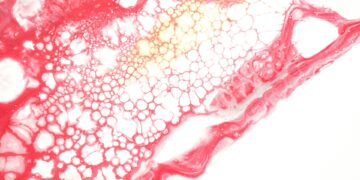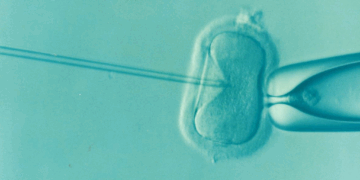German Patient Joins Elite Group Of The Cured
A German man has become the seventh individual to reportedly achieve an HIV cure, according to recent research. The 60-year-old, referred to as the “next Berlin Patient,” received a stem cell transplant in October 2015 for acute myeloid leukemia.
Since September 2018, when he stopped taking antiretroviral medications, the patient has remained free of detectable HIV levels for nearly six years. In a statement, the man, who wishes to stay anonymous, expressed his gratitude, noting, “A healthy person has many wishes, a sick person only one.”
This case provides new insights into potential gene therapy approaches for HIV. Historically, previous cures involved stem cell transplants following the diagnosis of blood cancers like leukemia, with the key factor being that the stem cell donors had inherited two copies of the CCR5-delta32 mutation. This genetic alteration makes individuals resistant to HIV by preventing the virus from entering immune cells.
However, the “next Berlin Patient” represents a unique case as the donor had only one copy of the CCR5-delta32 mutation. Although individuals with one copy can still contract HIV, the disease typically progresses more slowly. Dr. Olaf Penack, a senior physician at Charité-Universitätsmedizin Berlin, noted that while a perfectly matched donor was not available, they found a donor with one normal and one mutated CCR5 receptor. This combination might increase the chances for future patients needing stem cell transplants.
Dr. Penack expressed satisfaction with the patient’s recovery, stating that the prolonged absence of the virus suggests a successful eradication of HIV, thus considering him cured. The results of this case will be presented at the 25th International AIDS Conference in Munich by Dr. Christian Gaebler from Charité-Universitätsmedizin Berlin.
Dr. Gaebler highlighted the surprising nature of this cure, given that the donor was not completely immune to HIV. In past cases where donors lacked complete immunity, the virus typically reappeared within a few months.
The current study suggests that expanding the donor pool could be feasible, although stem cell transplants remain a treatment primarily for patients with concurrent blood cancers or other illnesses. Sharon Lewin, president of the International AIDS Society, commented that this development could advance future HIV cure strategies, particularly those involving gene therapy, as it indicates that complete CCR5 elimination may not be necessary for achieving remission.
Dr. Gaebler also proposed that the CCR5 mutation might not be the sole factor in the cure. It is possible that the success was due to the transplanted immune cells eliminating all HIV-infected cells from the patient, effectively eradicating the virus from hidden reservoirs.
Stem cell transplants are complex procedures involving chemotherapy to destroy the patient’s bone marrow before introducing new cells. Due to their high risk, they are typically reserved for severe cases where the patient also suffers from a treatable illness, such as a blood cancer.

































Discussion about this post